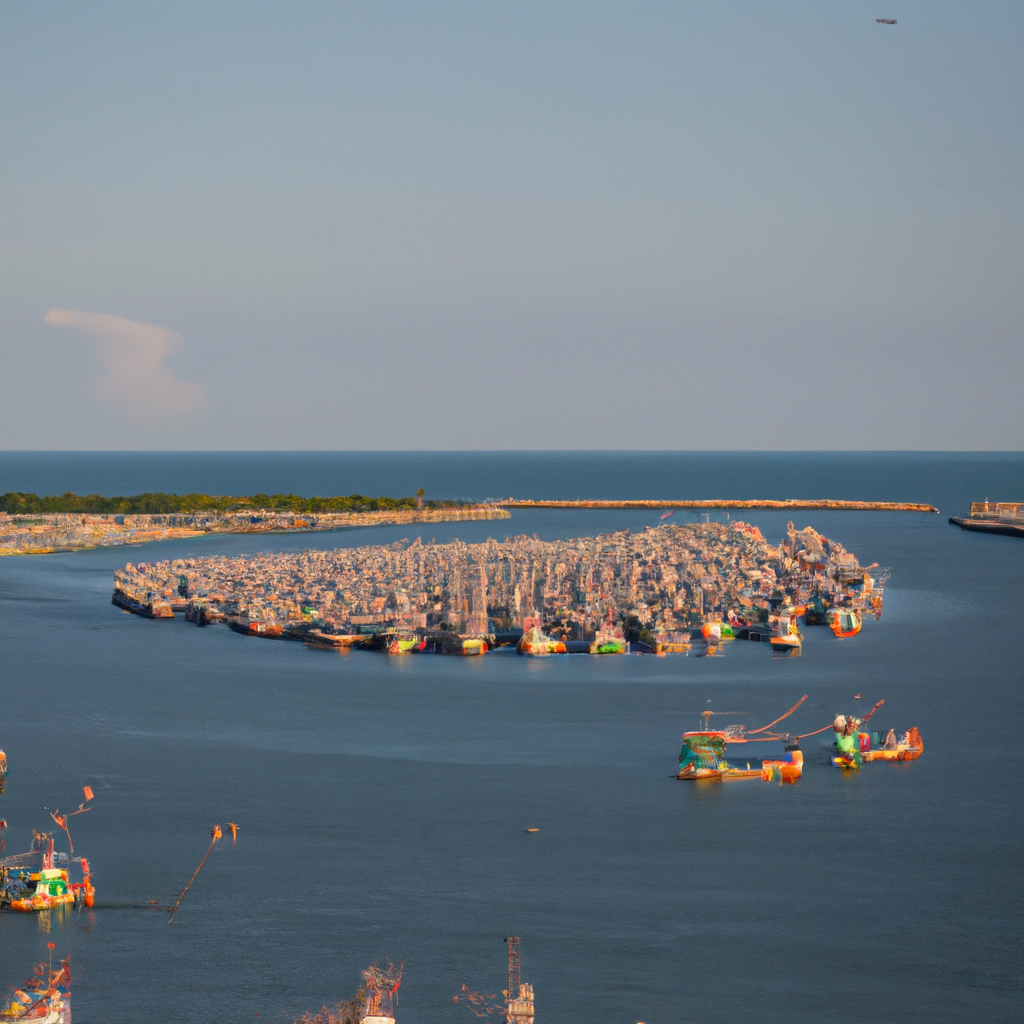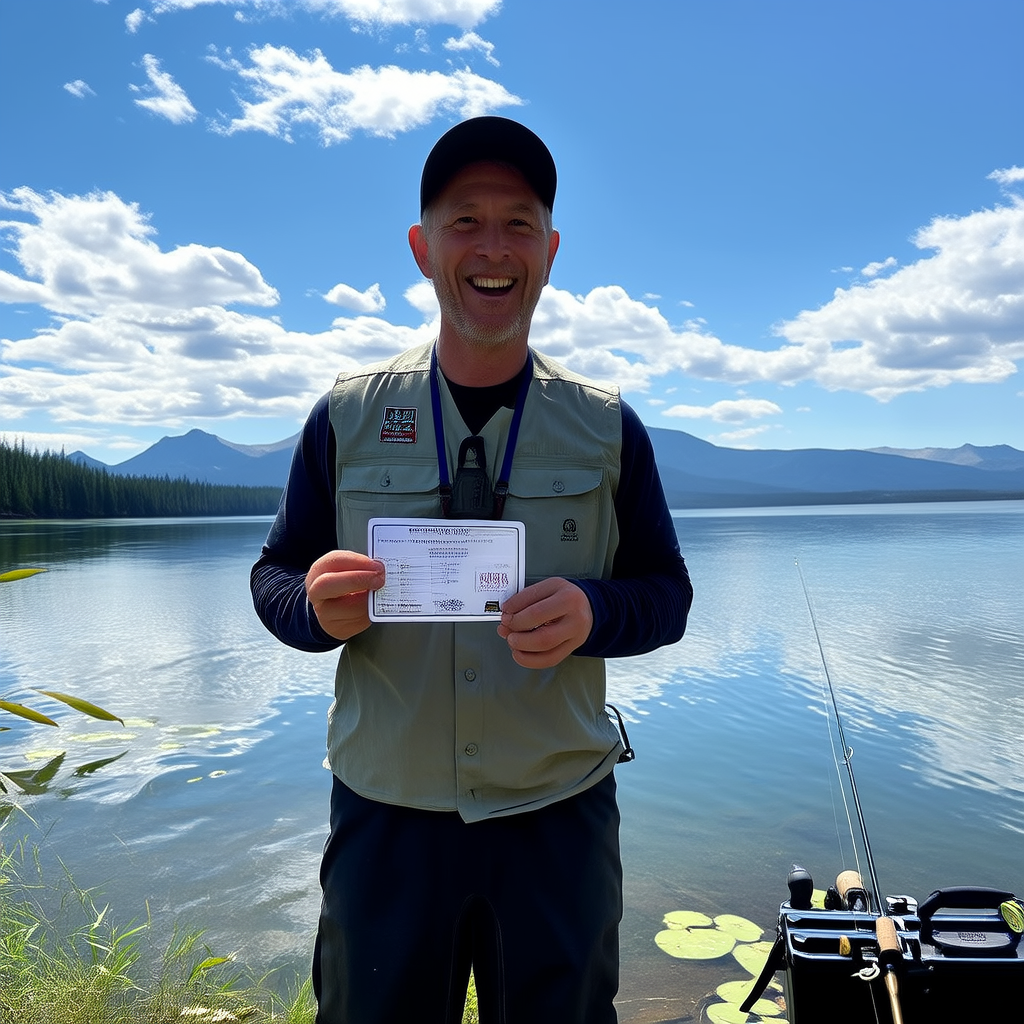Fishing has been an ancient practice that has provided food and livelihood to many communities. Unregulated fishing practices, however, have led to the depletion in fish populations around the globe. Mass fishing regulations are a vital step in ensuring sustainable fishing practices, which will safeguard the futures of our oceans, and the communities who rely on them.
In this article we will examine the details of mass-fishing regulations, their importance and how they function. We will also examine the different types and functions of fishing regulations.
What are the Mass Fishing Regulations (MFR)?
Mass fishing regulations are rules and policies that govern fishing practices with the goal of ensuring the sustainability and health of fish populations and ocean ecosystems. These regulations are intended to conserve and manage the fishery resources, support livelihoods of fishermen and promote food safety.
The regulations for mass fishing vary from region to region, depending on the fishery and needs of the communities who depend on it. Some of the most common fisheries regulations include:
- Catch limits – This is the maximum number of fishes that can be caught within a certain period to avoid overfishing.
- Size limits – This is the minimum size fish that can be caught. It ensures that smaller fish can reproduce and increase their population.
- Gear restrictions – These are regulations which limit the type of fishing equipment that can be used in order to prevent damaging the ocean environment or harming marine life.
- Seasonal restrictions: Fishing is only permitted during certain periods of the year, when fish populations are at maximum. This helps prevent excessive fishing at times when fish populations are vulnerable.
The Importance Of Mass Fishing Regulations
Mass fishing regulations are important because they promote sustainable fishing and prevent the depletion or fish populations. Depleting fish populations affects the ecosystem as well as the communities who depend on fish for their livelihoods.
Fishing regulations ensure that fish populations are managed in such a way as to guarantee their survival and allow future generations to reap the benefits. They also promote food security, by ensuring that the fish population is not overexploited. This could lead to food shortages for communities that rely heavily on fish.
Types of fishing regulations
To ensure sustainable fishing, different types of fishing regulations are implemented around the world. These include:
- Zoning regulations: These regulations are designed to create zones where fishing is permitted or prohibited. This ensures that certain species are protected and fishing is done in a sustainable way.
- Controls on fishing effort – These regulations limit fishing effort such as the number boats, the gear capacity or fishing licenses. This ensures that the maximum sustainable yield of fish is not exceeded.
- Total Allowable Capture (TAC): TAC is the maximum amount of fish which can be caught within a certain area or fishery. This regulation helps prevent overfishing, and ensures that the fisheries are managed sustainably.
- Minimum Size Limits (MSL) – This is an order that only fish larger than a certain size can be caught. This helps protect breeding stock and ensures the fish have the opportunity to reproduce.
The role of Fisheries Management Organizations
The Fisheries Management Organizations are responsible for monitoring, regulating and controlling fishing activities within their respective regions. These organizations work closely together with governments, scientists, fishermen, and other stakeholders in order to ensure that the fishing activities are sustainable.
The Fisheries Management Organizations are responsible for conducting fish population monitoring, enforcing fishing regulations, and conducting research. They rely on science to make informed decisions regarding the best management strategy for each fishery.
Implementing fishing regulations can be a challenge
Fisheries management organizations face many challenges when it comes to implementing fishing regulations. These include:
- Lack of cooperation by fishermen – Some fisherman resist the implementation of fishing rules, seeing them as a threat against their livelihood.
- It is difficult to enforce regulations, especially in remote regions where monitoring is difficult.
- Insufficient resources – Fisheries management organizations often lack the resources necessary to effectively monitor and enforce mass fisheries regulations.
- Political will – Sometimes the political will to implement fishing regulations is not strong enough, especially in countries where fishing provides a significant revenue source.
Conclusion
Mass fishing regulations ensure that fishing practices are sustainable, and that fish populations can be conserved for future generations. These regulations are important in maintaining healthy marine ecologies, supporting livelihoods and promoting food safety.
Diverse types of regulations such as size limits, catch limits, gear restrictions and seasonal restrictions work together to ensure sustainable fishing practices. Fisheries management organisations play a vital role in monitoring and enforcing regulations. These are often challenged by factors like lack of resources, lack of political will, or resistance from fishermen.
It is more important than before to ensure that fishing methods are sustainable, as global demand for fish increases. We can achieve this goal by implementing effective mass-fishing regulations and protecting the future of the oceans and communities that depend on them.




